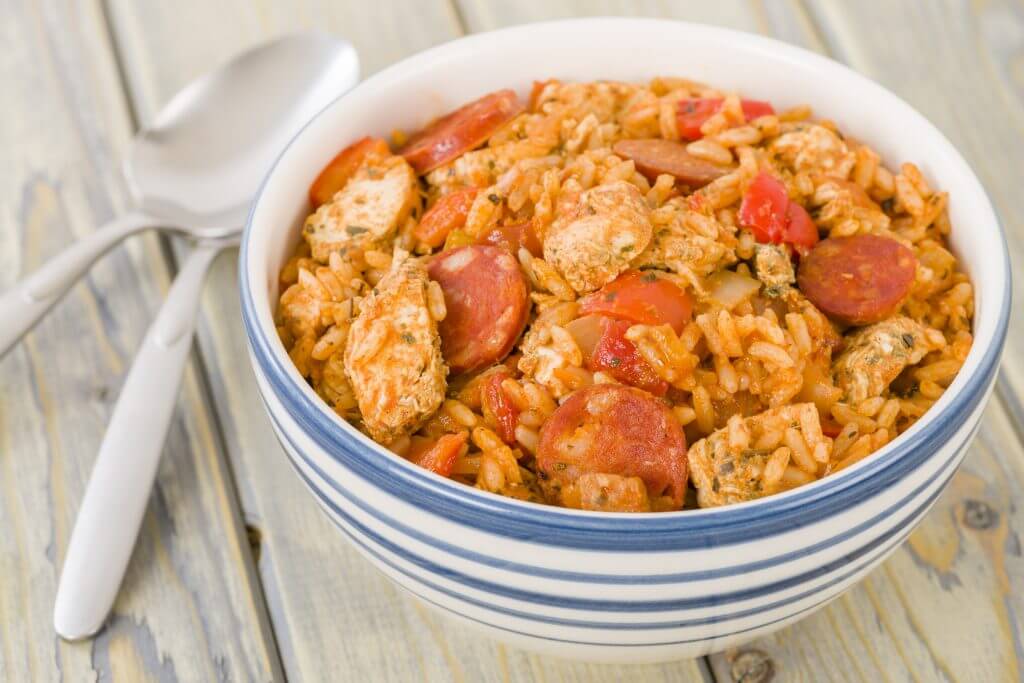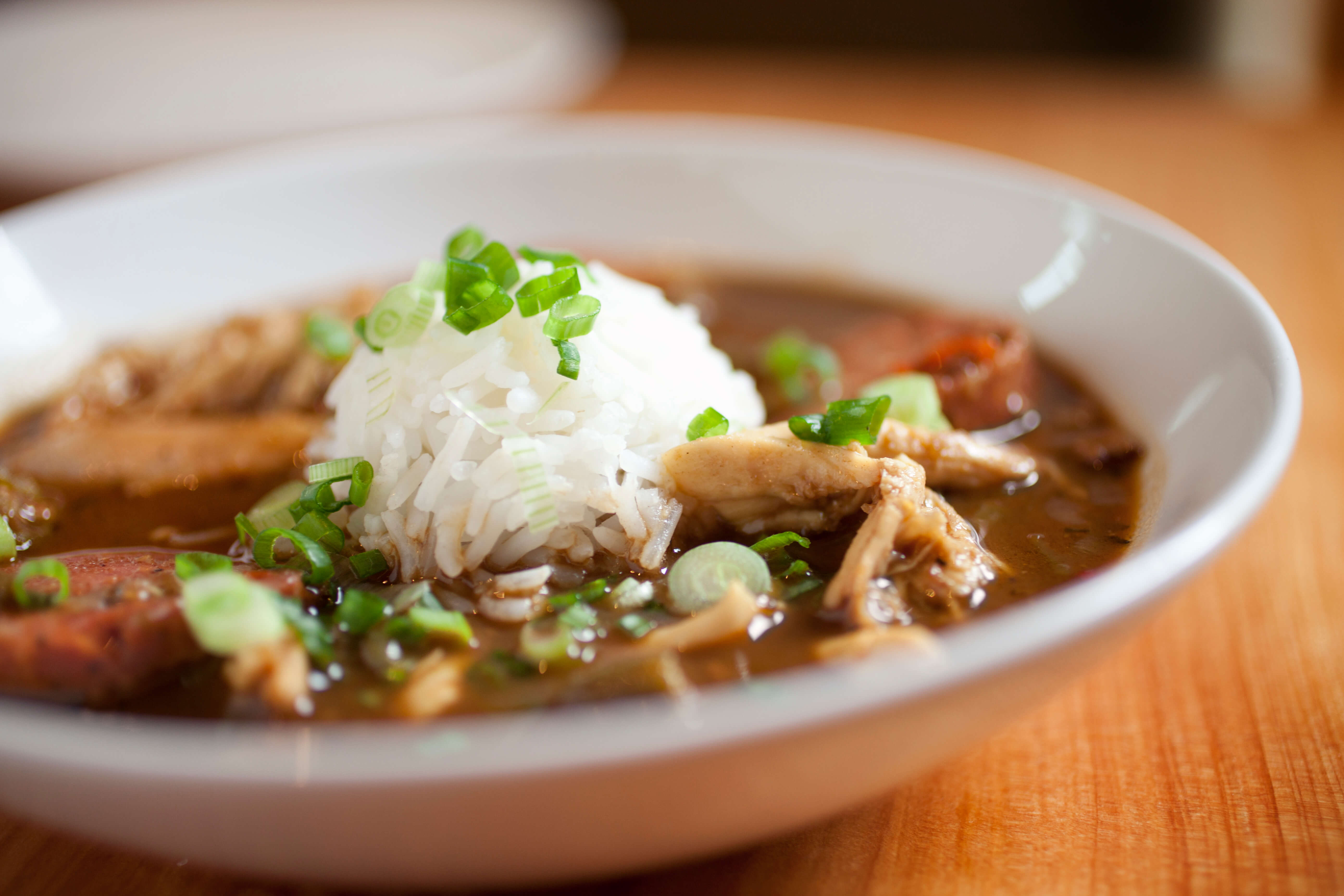All You Need To Know About Cajun Cuisine

Cajun-style cuisine has made its rounds around the country as a favorite of people who love seafood and smoky spice. However, it’s tough to replicate the zesty flavor that you’ll experience when you’re enjoying a Cajun dish made by a native Louisianan. If you’re a culinary academy student, though, you’re likely up to the challenge. Here are some tips to mastering your favorite Cajun dishes:
“If there is one thing that Cajun food isn’t, it’s bland.”
It’s all in the spice
‘Bland’ is one word you’ll never use to describe Cajun food. Many popular Cajun dishes have a very distinct flavor that comes from the spice mix used – typically on whatever meat is being cooked. However, this is more than just blackening and over-spicing.
You may have bought packaged Cajun spices from the store, only to find out that it simply doesn’t taste as good as you expected it to. Many of these “Cajun spices” pack a lot of heat, with little flavor. Make sure your spice mix is all that you want it to be by using this recipe from Bon Appetit and making your own. This simple seasoning is a mix of kosher salt, cayenne pepper, garlic powder, sweet paprika, dried oregano and thyme, ground black pepper and onion powder. Depending on the level of heat you want, you can adjust how much cayenne pepper you include.
 A rural vibe
A rural vibe
A good way to remember the distinction between Cajun- and Creole-style dishes is think of Cajun food as rural and Creole as urban. A lot of Cajun food focuses on a single dish, rather than an entree with sides. This includes stews and soups, filled with meat, rice or potato and plenty of flavor. These dishes are hearty and keep you full until the next meal. In many cases, they’re even prepared in a single pot. Thrillist states that all Cajun dishes include the “trinity.” a combination of onions, celery and bell pepper. Most feature garlic and scallions as well.
“When I think about the two (cuisines), it’s night and day,” John Folse, chef and author of “The Encyclopedia of Cajun & Creole Cuisine” told the Chicago Tribune. “The Cajuns were filling their cast-iron pots with whatever the swamp floor was giving up to them.”
If this discussion made you crave jambalaya or gumbo, it did its job.


